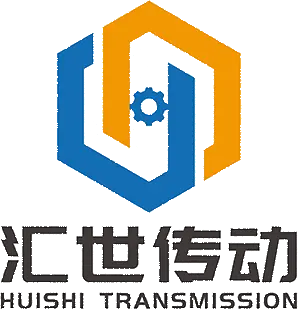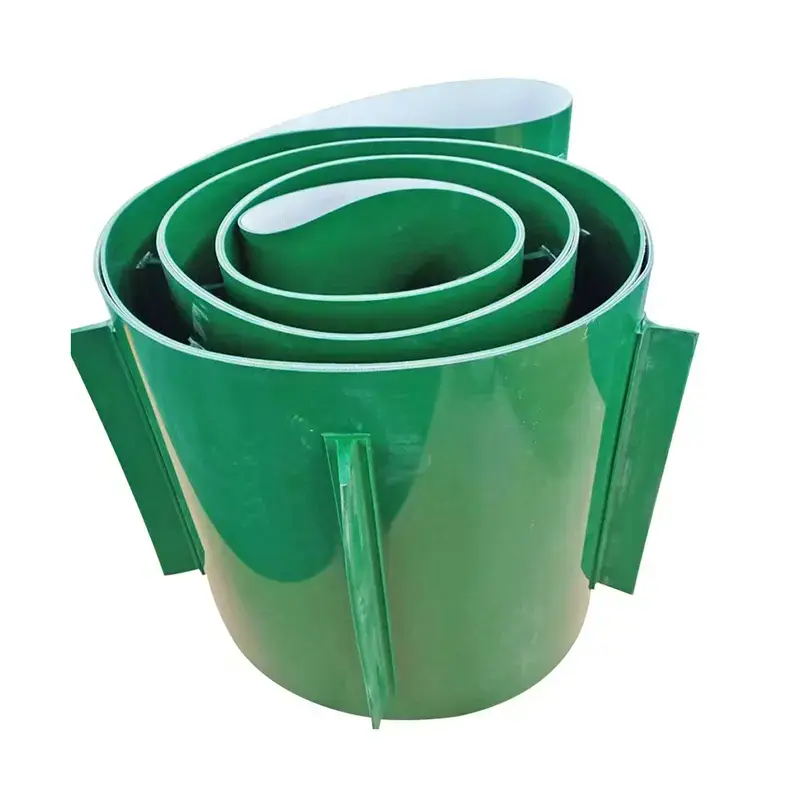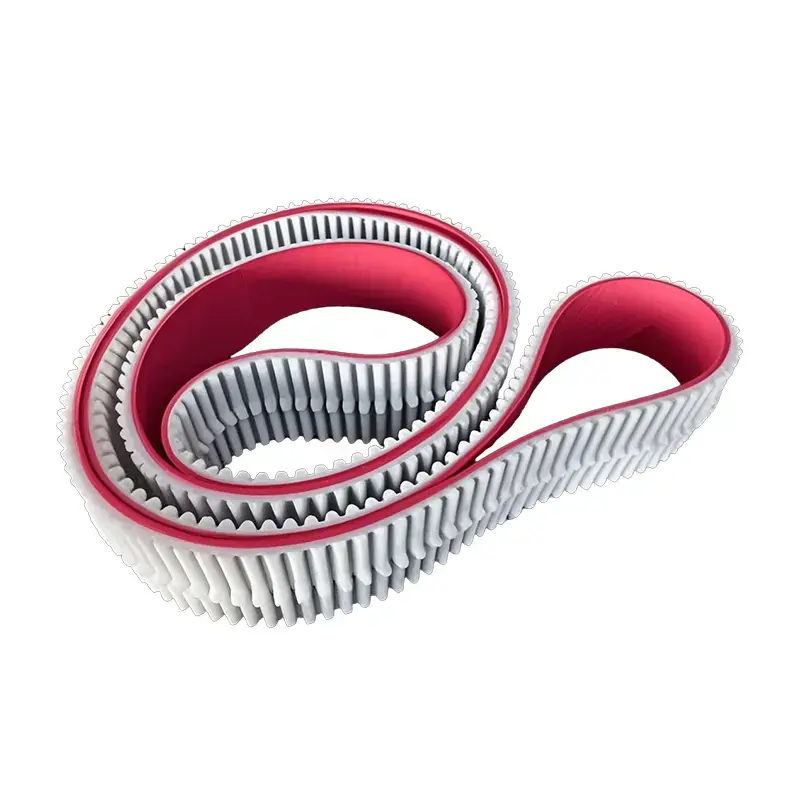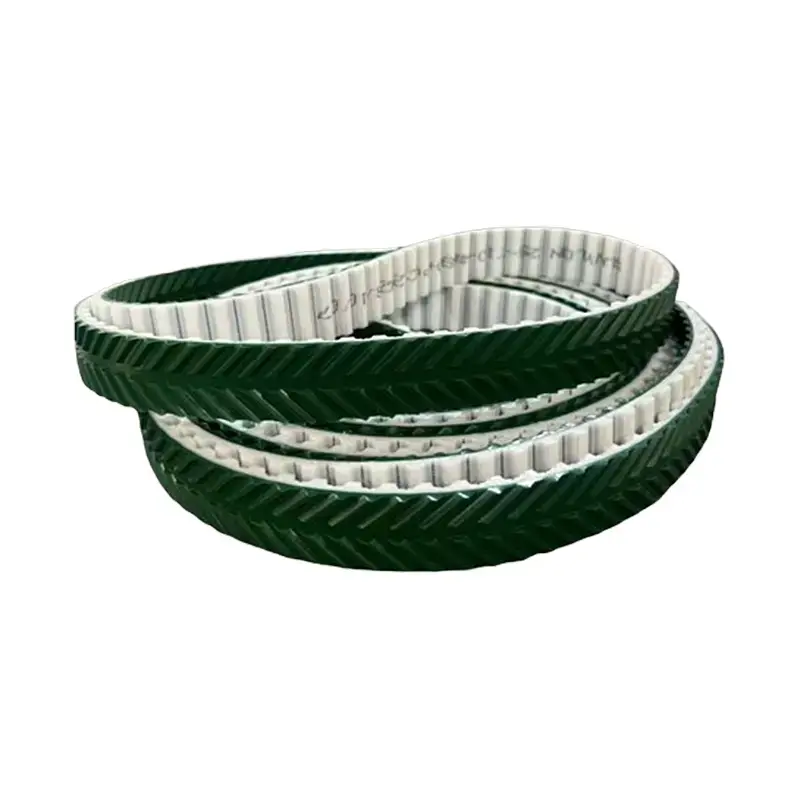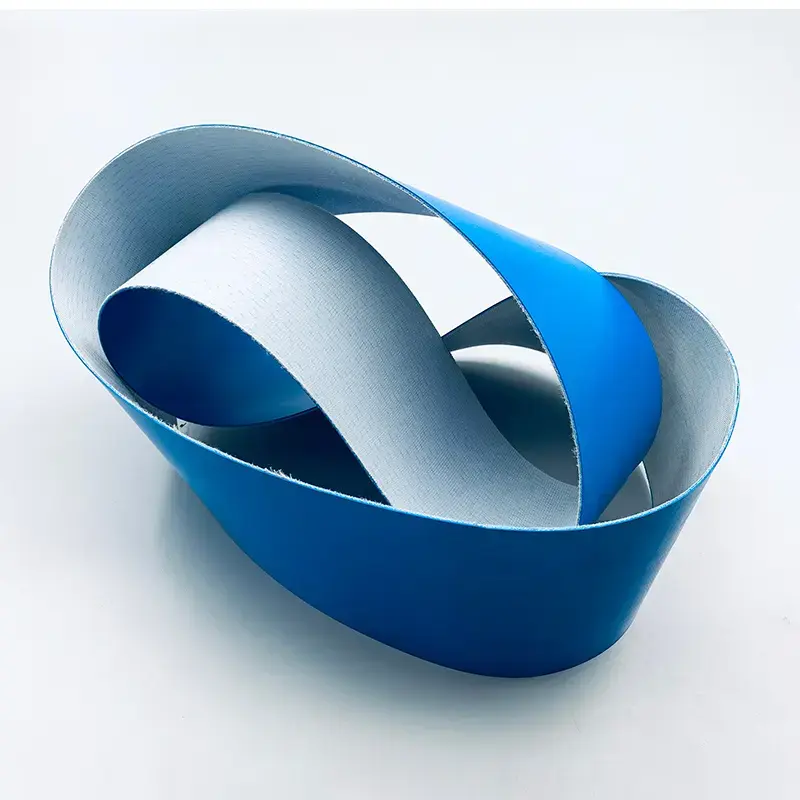 +86-19862000127
+86-19862000127 Conveyor Pulley: Essential Component for Reliable Bulk Material Handling
In modern bulk material handling systems, the Conveyor Pulleyis one of the most critical components that ensures smooth operation, efficiency, and reliability. Found in industries such as mining, manufacturing, ports, and logistics, conveyor pulleys play a key role in supporting and driving Conveyor Belts under demanding conditions.
What Is a Conveyor Pulley?
A conveyor pulley is a mechanical device used to change the direction, tension, or drive of a conveyor belt. Positioned at the ends or intermediate points of a conveyor system, pulleys ensure proper belt movement and alignment.
Types of Conveyor Pulleys
Different applications require different pulley types:
-
Drive Pulley – Provides the driving force to move the conveyor belt.
-
Tail Pulley – Located at the opposite end of the drive pulley to redirect the belt.
-
Snub Pulley – Increases belt wrap around the drive pulley for better traction.
-
Bend Pulley – Changes the belt direction while maintaining tension.
-
Take-Up Pulley – Adjusts belt tension to reduce slippage and maintain stability.

Key Benefits of Using Conveyor Pulleys
-
Durability: Designed to withstand heavy loads and harsh environments.
-
Efficiency: Reduces belt slippage and power loss.
-
Low Maintenance: Properly engineered pulleys extend belt life and minimize downtime.
-
Versatility: Suitable for industries ranging from mining to food processing.
Industrial Applications
Conveyor pulleys are widely used in:
-
Mining and Quarrying – Handling ores, coal, and aggregates.
-
Ports and Logistics – Bulk cargo loading and unloading.
-
Manufacturing Plants – Assembly lines and material flow.
-
Agriculture – Grain, fertilizer, and feed transport.
Conclusion
The conveyor pulley is not just a mechanical accessory but a backbone of efficient material handling. Choosing the right pulley type and ensuring proper maintenance can significantly improve system reliability, reduce operational costs, and maximize productivity for industries worldwide.
FAQ
Q1: What materials are conveyor pulleys typically made of?
They are usually manufactured from heavy-duty steel with surface finishes like rubber lagging for improved grip and wear resistance.
Q2: How often should conveyor pulleys be inspected?
Regular inspection is recommended every 3–6 months depending on the application and working environment.
Q3: What is the difference between a drive pulley and a tail pulley?
The drive pulley powers the belt movement, while the tail pulley primarily redirects the belt and maintains tension.
Q4: Can conveyor pulleys be customized?
Yes, pulleys can be tailored for diameter, length, lagging material, and shaft configuration to meet specific operational requirements



